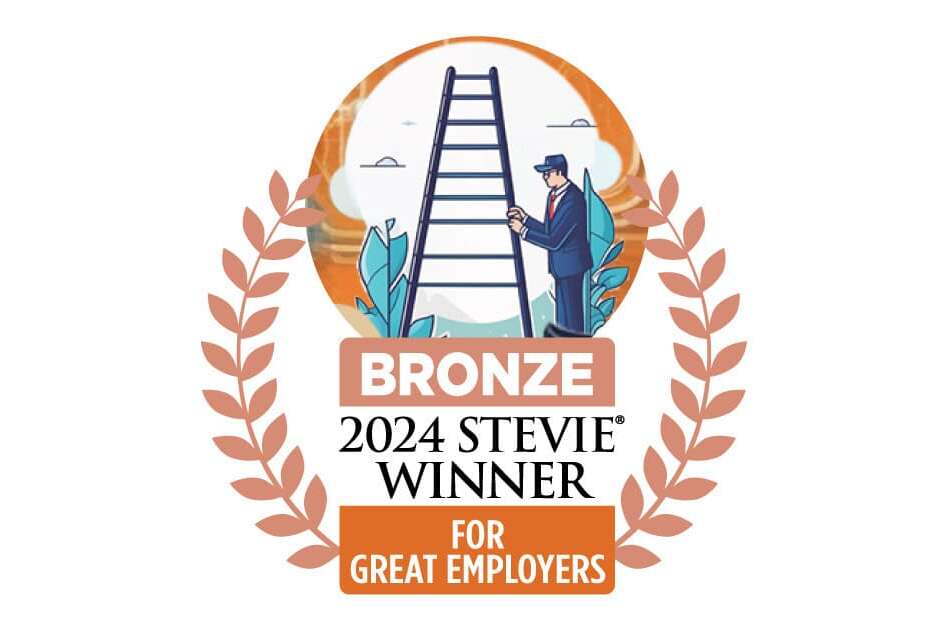Following my last blog post on KPIs, I think the topic of conversions and conversion rates in digital advertising campaigns is worth digging into more. Arguably, conversion starts with good content. The quality of the content being offered, and clear messaging around why a buyer would particularly want it, drives good form completions and ultimately leads to conversion.
The type of content and messaging you need to create really depends on where that buyer is in the sales funnel. Generally, we talk about four stages of a sales funnel or buying cycle. If you search for “content marketing funnel,” you will find many different versions. This is one version, and it should serve as a good guideline to follow if you don’t already have one in place.
When it comes to moving buyers through the sales funnel, think about your target audience, and what’s going to appeal to them, throughout these various stages.
The awareness stage, the top level, is where your first impressions matter the most. You haven’t really engaged your prospect’s intellect yet. At this point, they are basing their responses on a gut reaction, which happens below the level of conscious thought – so the most appealing content to prospects in this phase will engage them on an emotional or an instinctual level.
Actually, this is basic human psychology. The goal here is to simply make a first impression, good or bad. Surprisingly, if you want someone to remember you, making them mad can be just as effective as making them laugh. But for our purposes, since we’re talking about marketing and not picking up people in a bar, we want to make a positive first impression – and the best way to do that is to amuse or entertain your audience (which, come to think of it, probably works in a bar). That’s really what’s going to drive that initial contact, or initial experience with your brand.
For example, we ran a partner campaign recently that used a “Dummies Guide” as the content asset. Some people may be offended by being referred to as a “dummy” but the content was fun, entertaining and educational. In the first couple of weeks, the campaign reached a 20% conversion rate.
During the awareness stage, consider trying different types of content. Go for more infographics, videos, GIFs and memes, interactive tools, maybe a cool survey, or industry literature that’s entertaining and fun.
At the research stage, you are probably looking for prospects who might have some level of product awareness, but are mainly doing research to better clarify their needs around a particular solution. Content here should engage them on a more intellectual level. This is content that talks about their needs, the environment around those needs, or something else that is particularly important to them (or their bosses). This is what’s going to be valuable to them.
White papers, ebooks, blog posts or interviews with thought leaders tend to perform well at the research stage. Content should focus on the concept of what your product is designed to do or help with, but not necessarily your product itself. I would argue that any sort of mention of your product should be really, really light and sparing.
The trial stage is really where I think content marketers thrive. They finally get to tell you all about their products. Content at this stage needs to engage on a very practical level. A prospect has made some sort of decision that, “Yes, I need a tool, so I’m developing a short list of vendors that are in my price range, and have the range of features that I want,” for instance. These are people who know about the client and their product and have decided that it might be a good fit for their needs.
At this stage, remarketing (or retargeting) campaigns can work well to get people to try your product. These people have already visited your site (or your client’s site or your partner’s site), so you have already established awareness. Remarketing is a great way to drive that lower level funnel conversion. Industry reports, white papers, demos of the product, and interviews with company insiders provide great content at this stage.
Now at the conversion stage, buyers have narrowed down their choices to maybe a couple of different vendors, and are now focused on justifying a decision to purchase. Any content that helps them make that decision, that will help them view your product favorably on a financial level is going to be effective. Free trial offers also work well here. Getting them to sign up for a newsletter or follow you on social media can be helpful as well, because being exposed to your message and brand more and more strongly can help them convert to your product. Again, interviews (see a theme here?) are great, especially if they come from customers in the form of a testimonial or case study.
In my opinion, moving buyers through the sales funnel really boils down to a few key elements: a clear understanding of who your audience is, clear messaging that speaks to that audience and good content for every stage of the sales cycle. If you keep those three things in mind, the rest should follow.
Charles Machalicky
Charles Machalicky is the digital advertising services director at Zift Solutions.




